And again I was on my way to a conference for my work and that although the time would have been better spent writing my dissertation (as well as writing these lines). I am writing these lines (and a few subsequent articles) much later than I experienced them. For the purposes of timing, the typhoon Hagibis is raging above my head right now. I am already glad that it was downgraded from the category “Supertyphoon” to only “violent Typhoon” before it arrived here. This time I was in Okyama, which is located on the southern part of the main island Honshu.
I still had half a day before I started my journey back home and used this time to have a look around.
My first stop early in the morning was the Kibitsu Shrine, which is also connected to the Kibitsuhiko Shrine, which is located on the opposite side of the same mountain. In both shrines are gods and/or people worshipped, on whom probably the famous Japanese saga of Momotaro is based.
Excursus Momotaru (for more please see for yourself): A couple lived in a village and longed for children. One day the wife noticed a large and beautiful peach floating on the water of the nearby river, caught it and brought it home. But when the peach was divided into two halves, a little boy hatched out of it. Because he came from the peach, he was called Momotarō (“peach boy”). Momotarō was very much loved and cared for by his adoptive parents, so he grew up strong and smart. As an adult he later goes on a journey and helps to protect people from monsters. He is accompanied by a monkey, a pheasant and a dog, which he has made friends with the help of Dango’s (Japanese candy).
As always, only a few words. Following are the pictures of the Kibitsu shrine, which I liked very much (a must to visit!), especially the 400 m long covered corridor, which also has many side exits to smaller shrines (even if apparently also more famous deities seem to be worshipped in some of the smaller accompanying shrines; I can’t read Japanese after all). To whom this has not yet become clear: I think Japanese Shinto shrines are just great. But Japanese Buddhist temples are also very great.
From Kibitsu Shrine I walked at the foot of the mountain to Kibitsuhiko Shrine. On the way I saw a Buddhist temple.
Here the Kibitsuhiko shrine. Since I still had a little time afterwards, I had a quick look at the castle and the Korakuen garden, which had been laid out by the former daimyo’s (local Lords) near the castle on an island and is considered one of the most beautiful. I also found it beautiful, but not so exhilarating. It was probably also the wrong time to come and I was also rather rushing through, because I had a bit too little time and I wanted to keep my Shinkansen. The journey took a while after all. The castle itself is beautiful to look at from the outside, but from the inside only modern concrete scaffolding and comparatively small. I have also looked at many other castles, so that was rather the same (I can’t read Japanese). But the garden is definitely worth it and in a combo with the castle it is a bit cheaper. And if you haven’t seen a Japanese castle yet, you should go anyway.

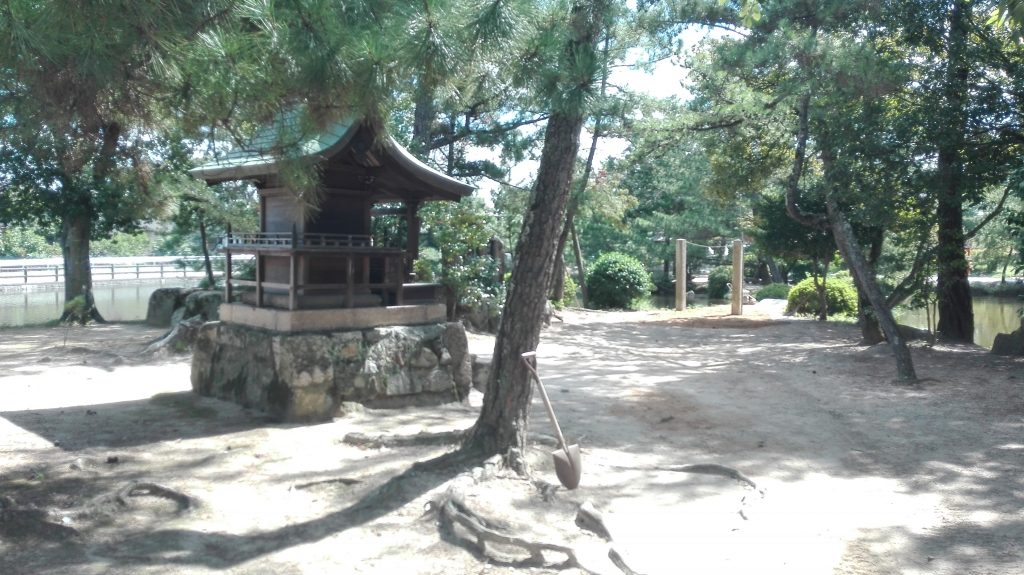

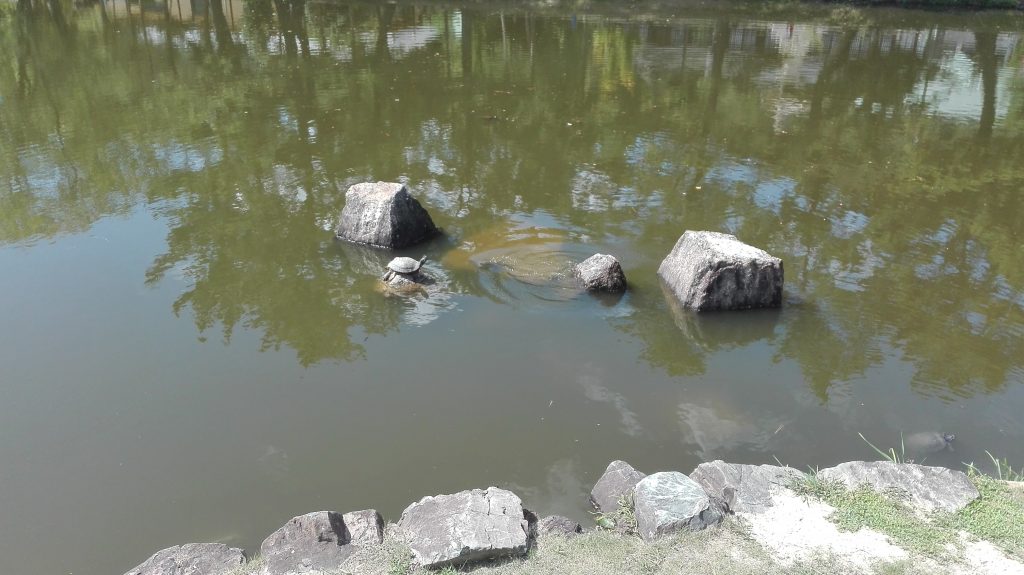

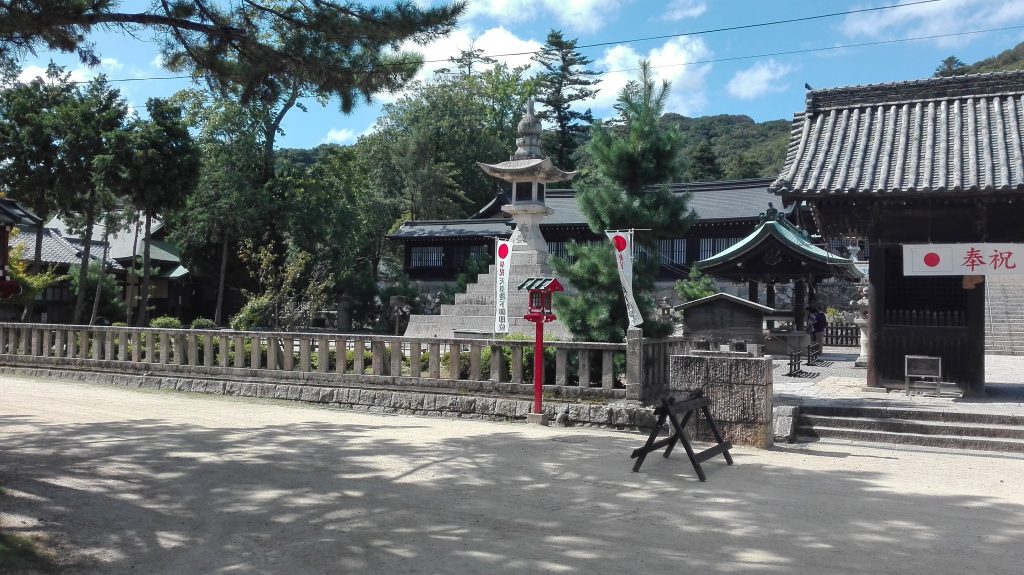




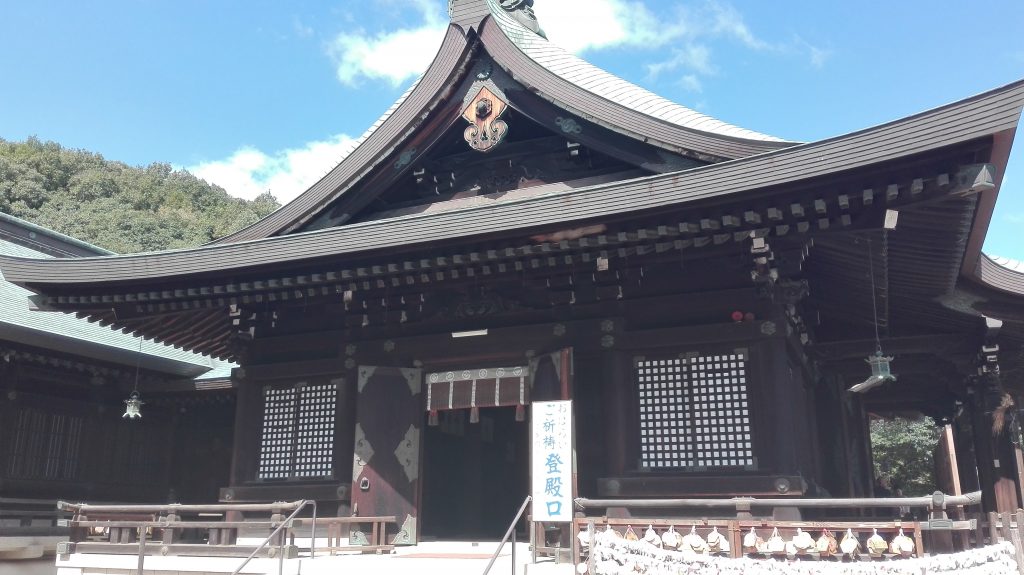



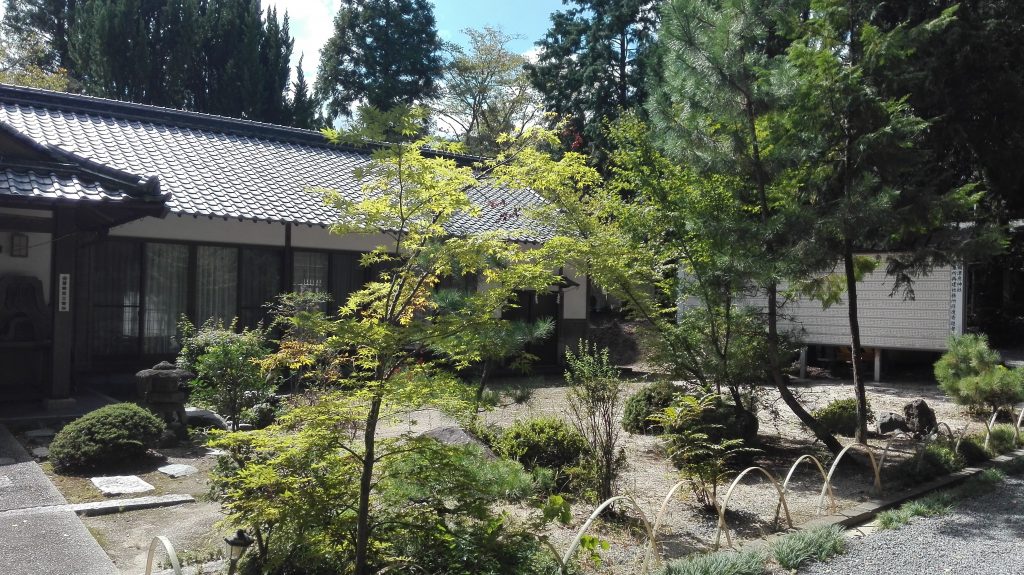

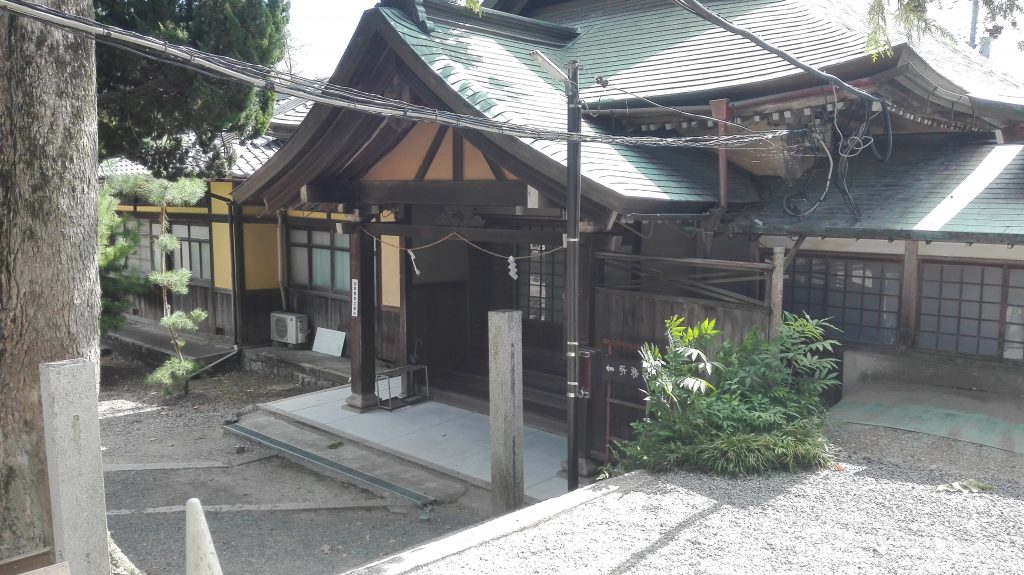

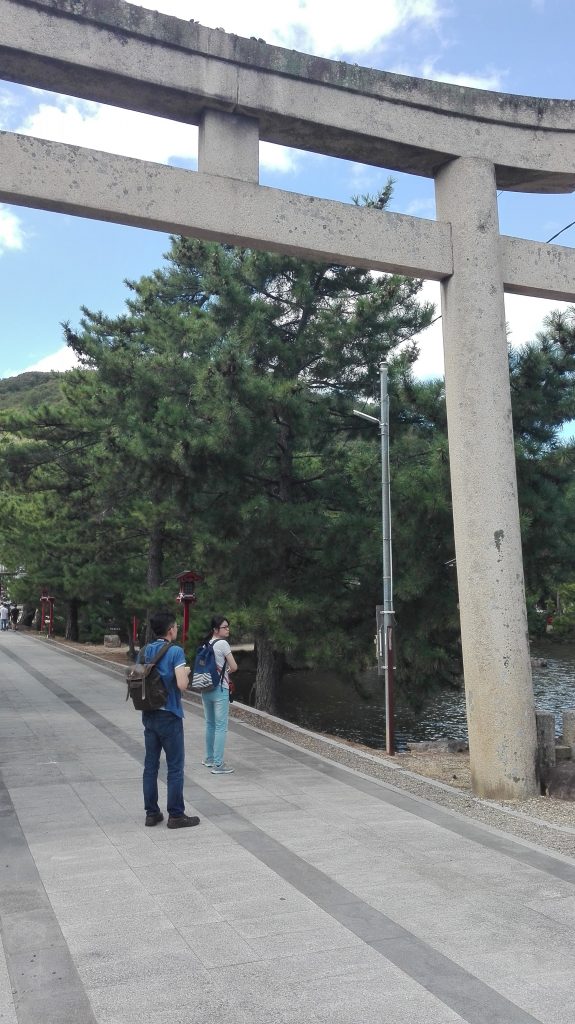

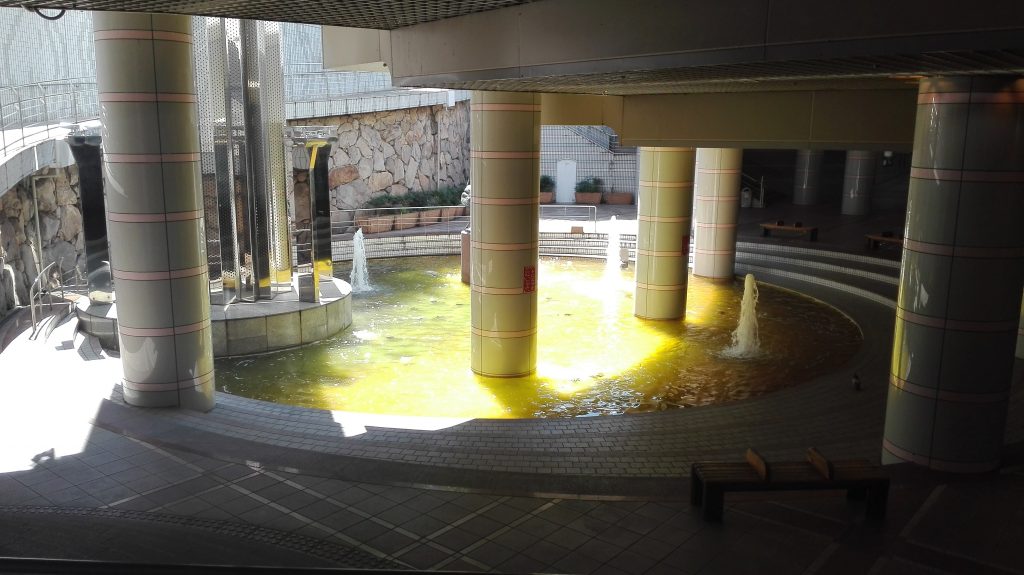
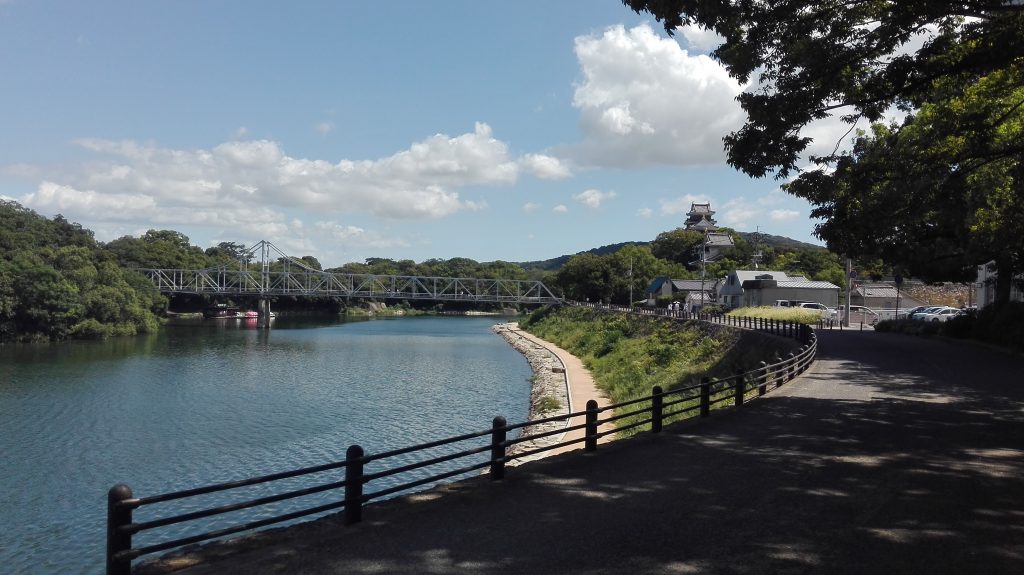
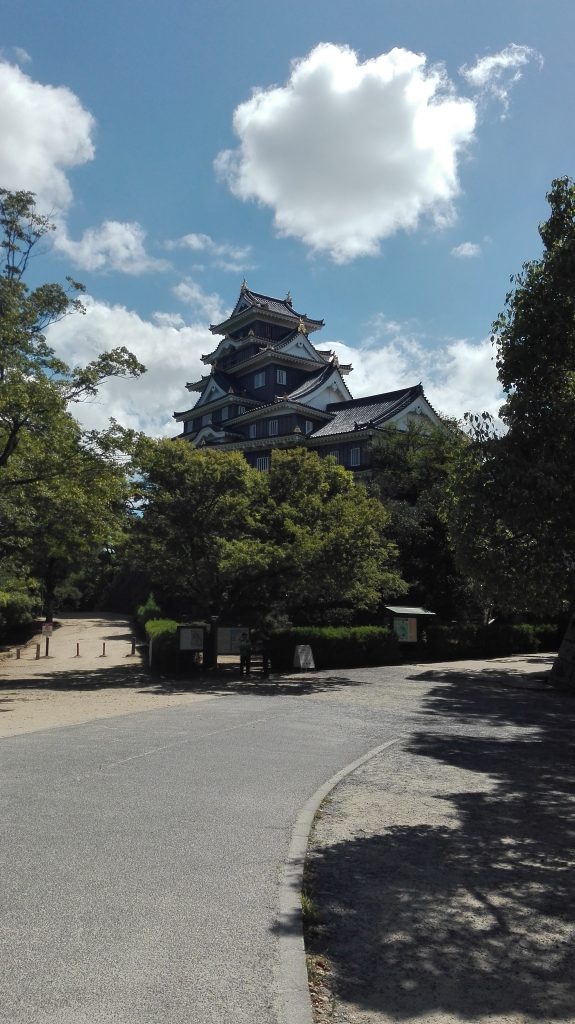


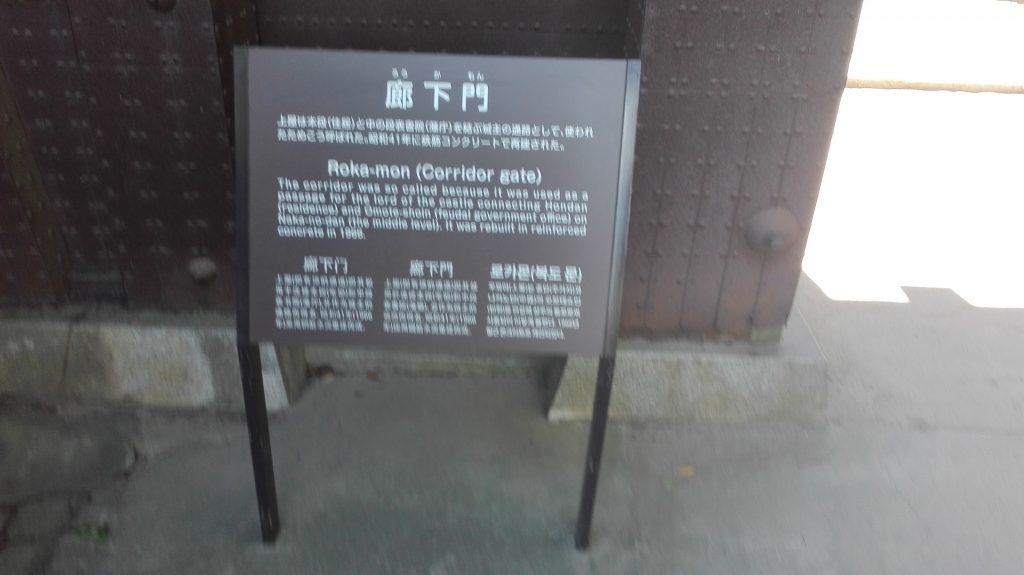
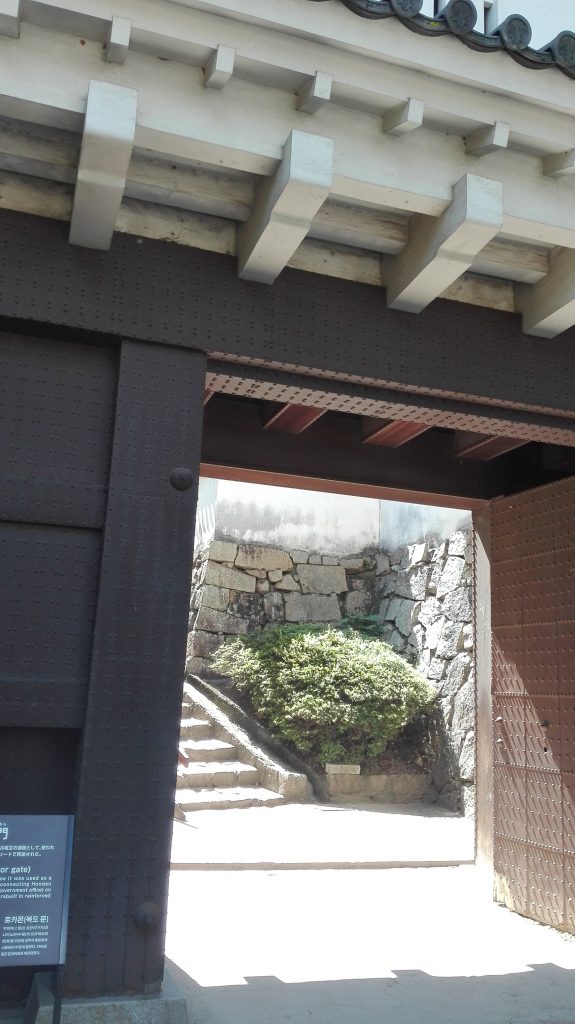


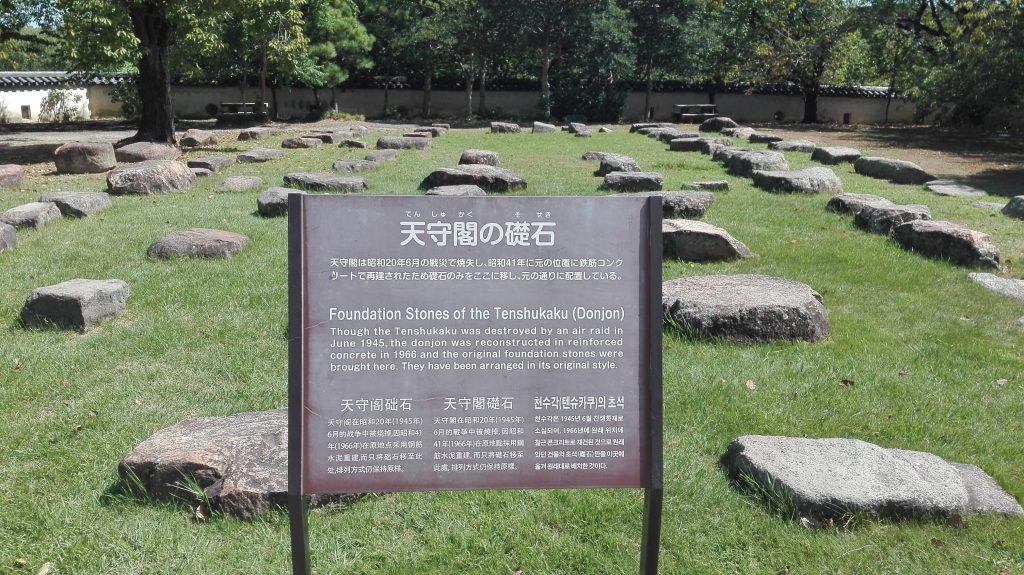
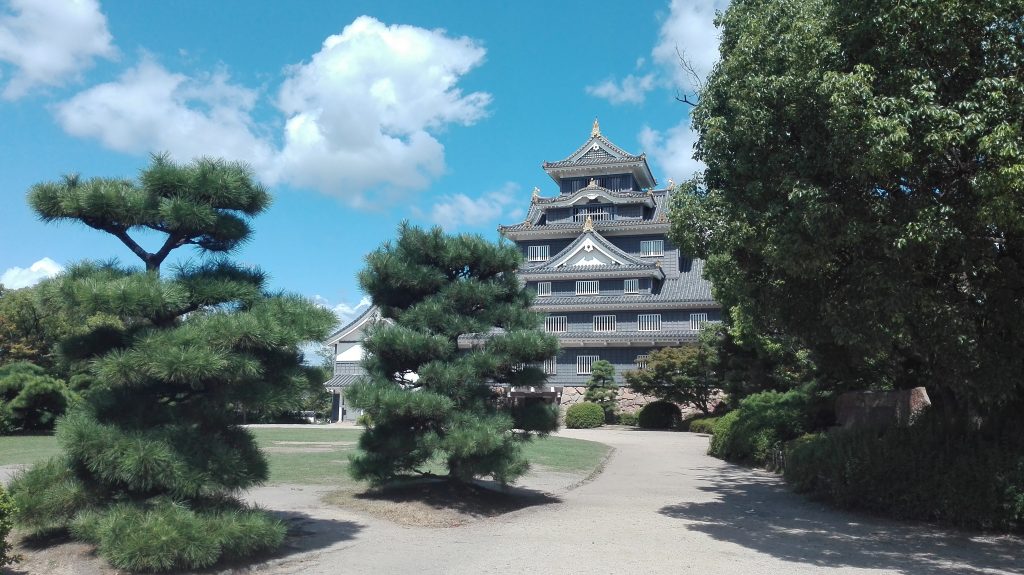
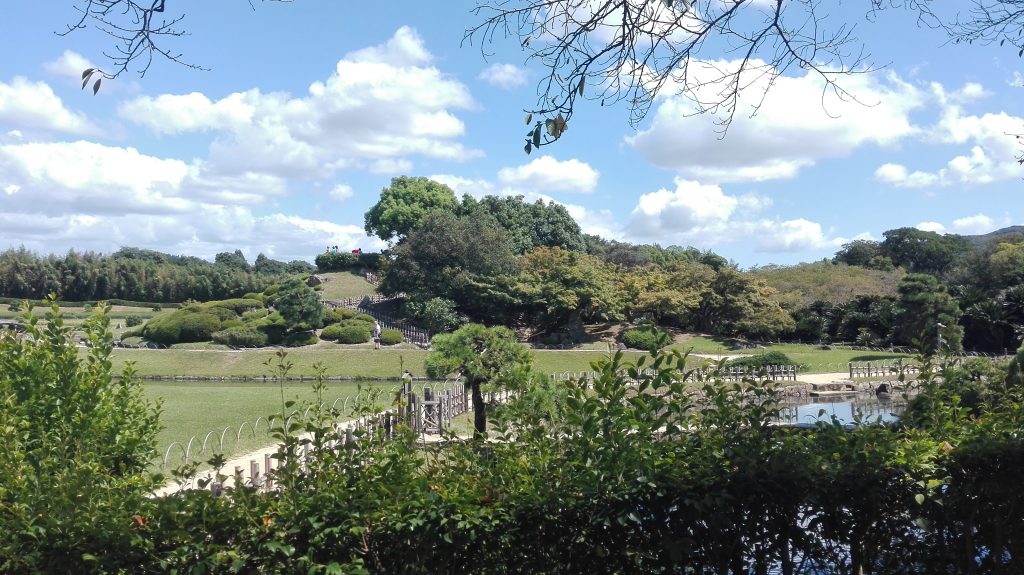








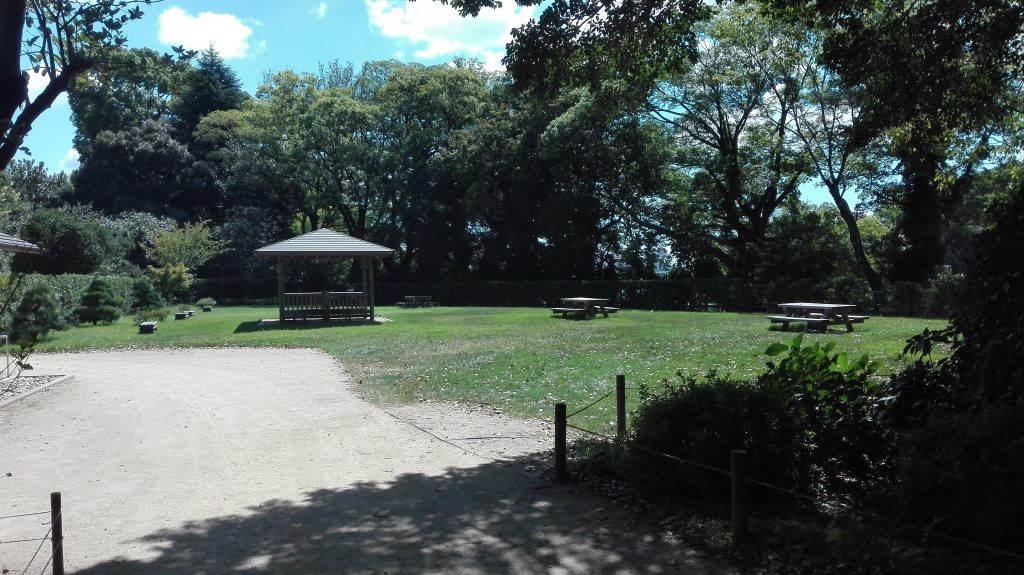
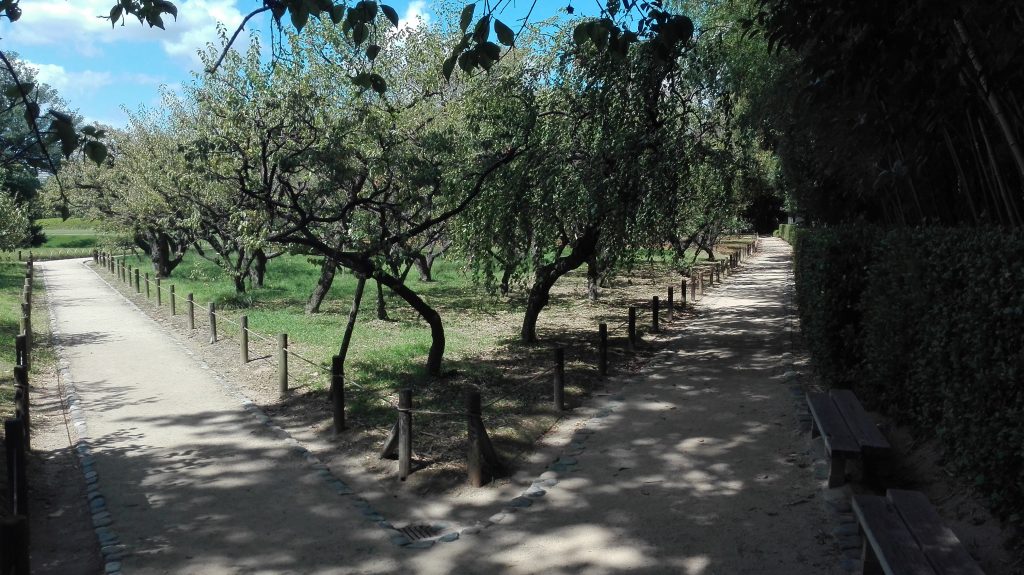
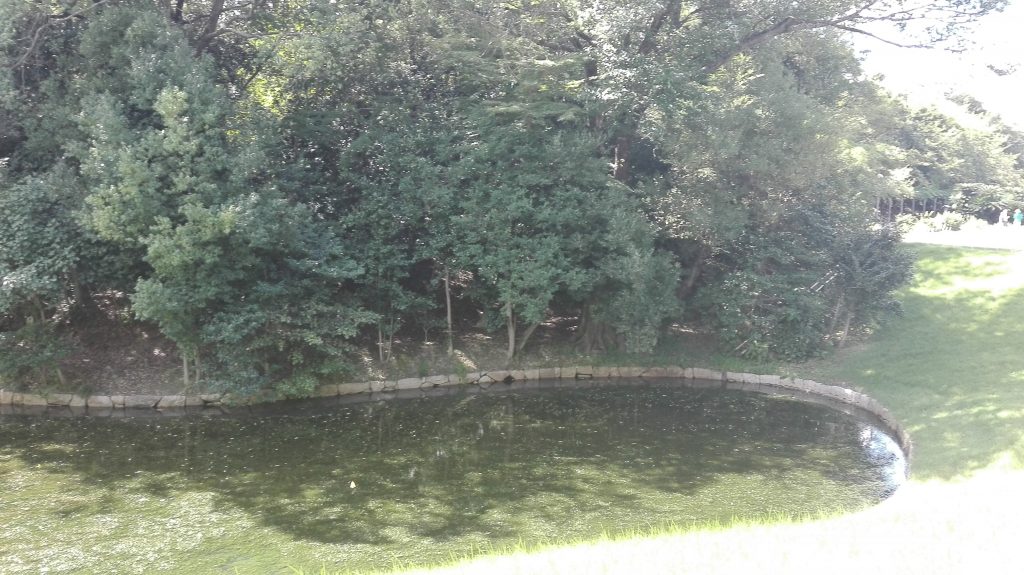
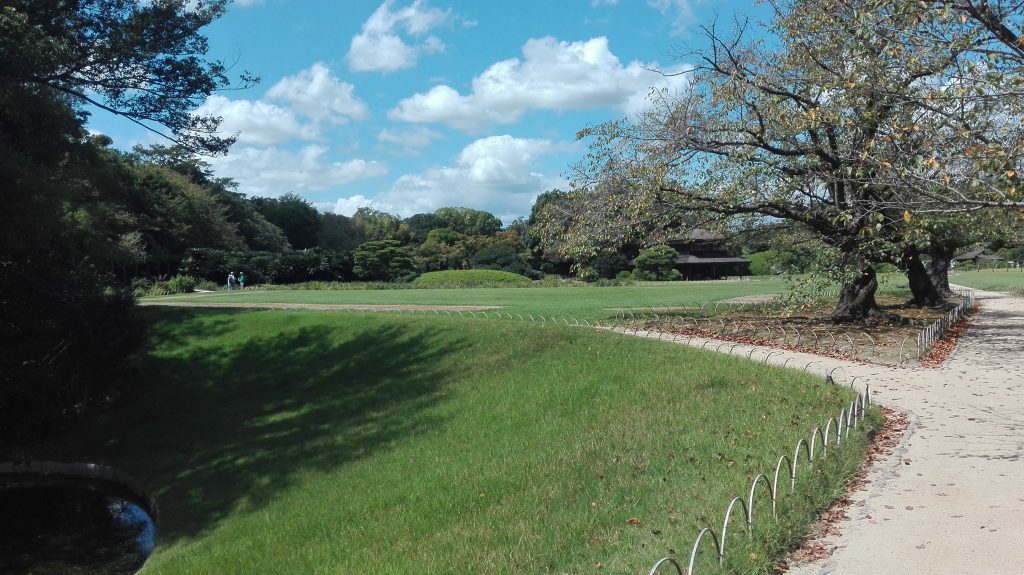
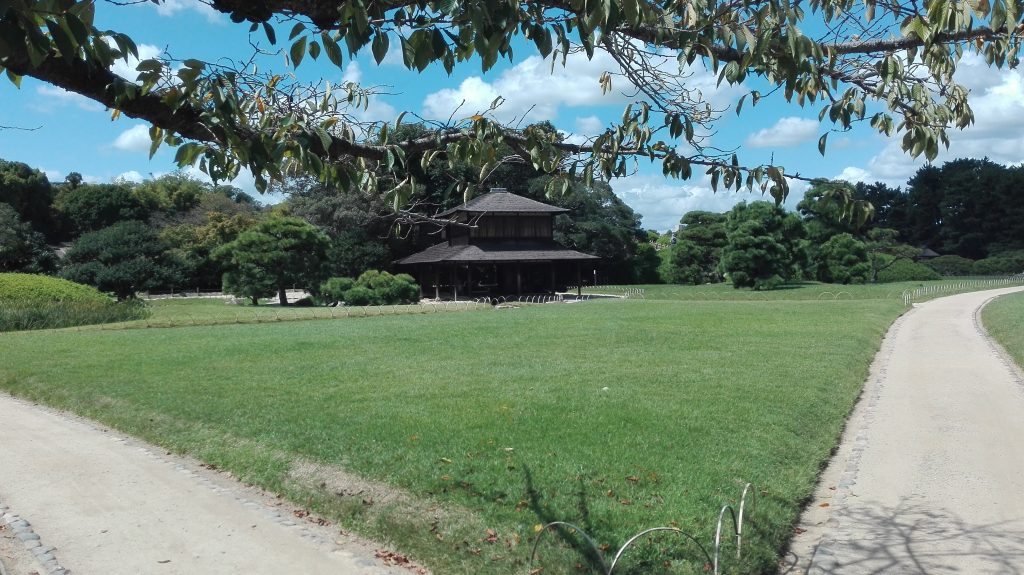
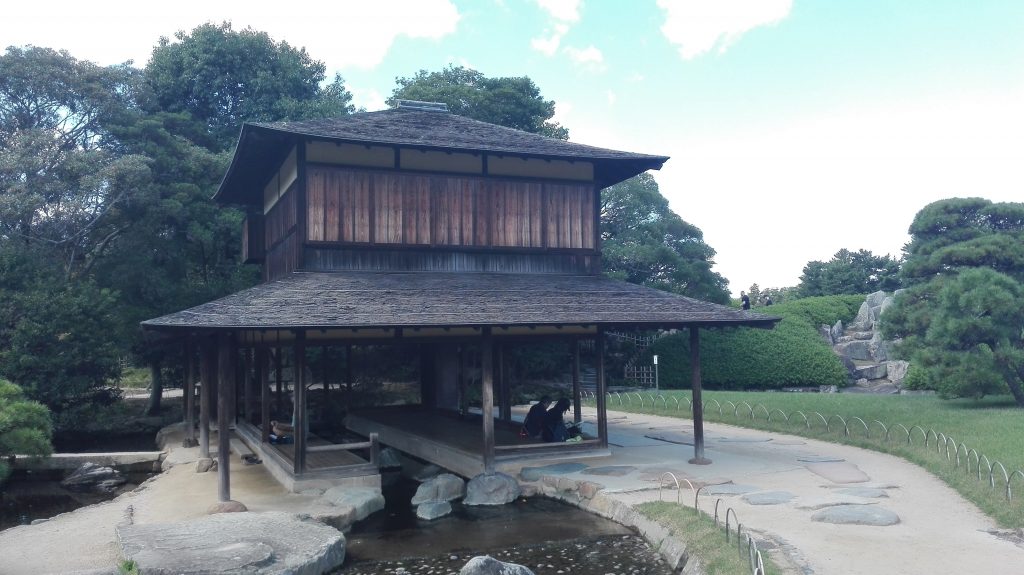



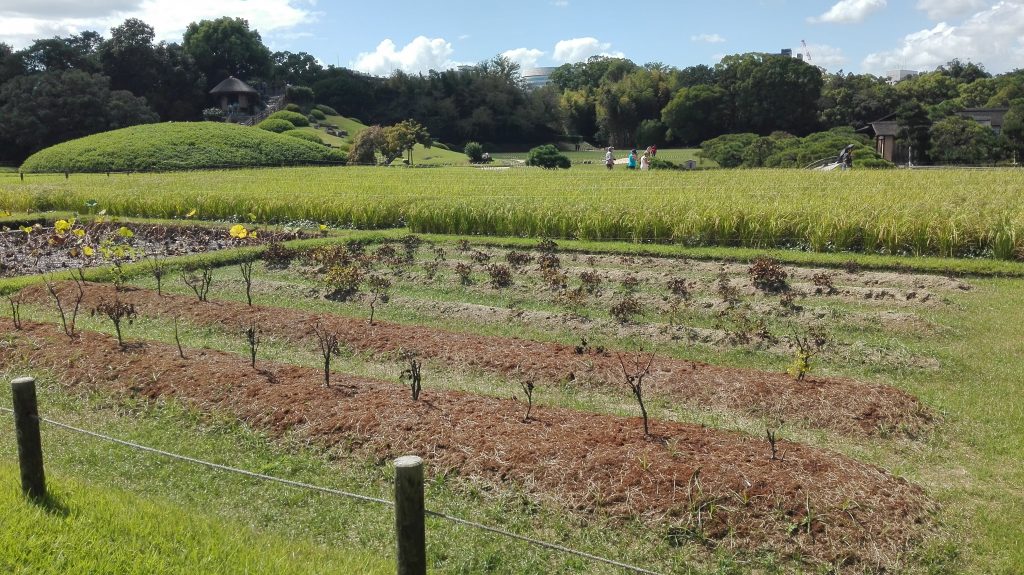




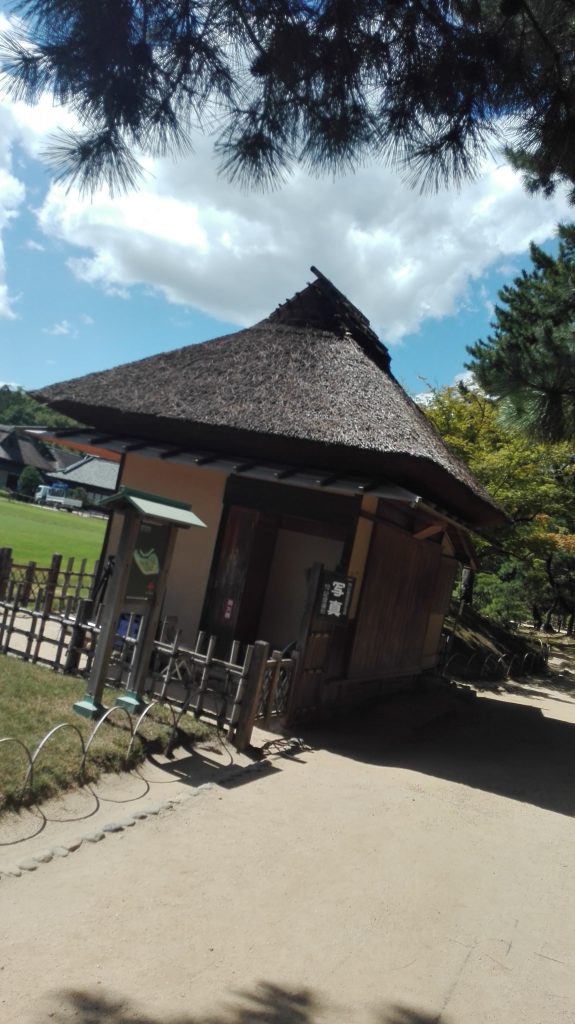


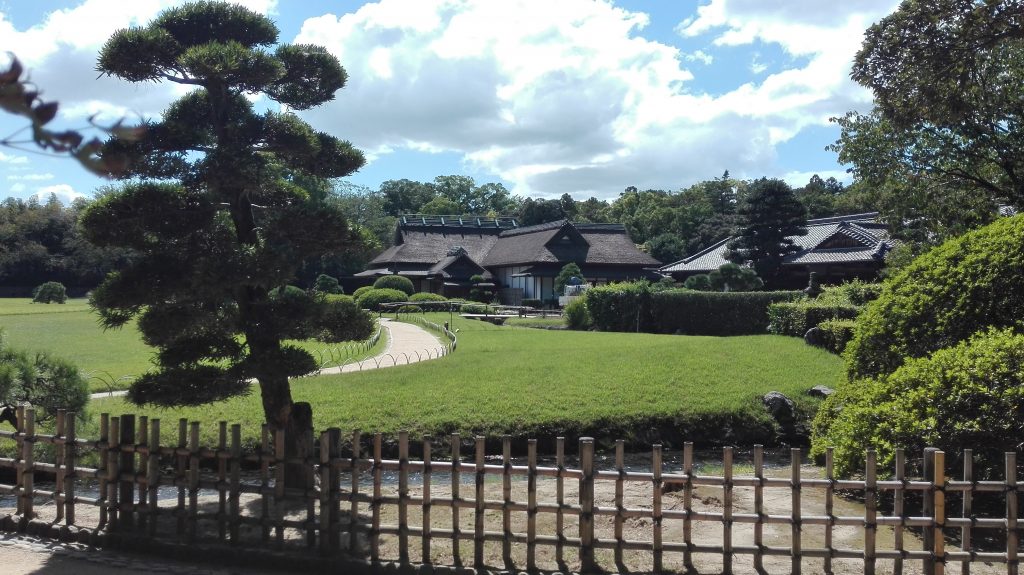





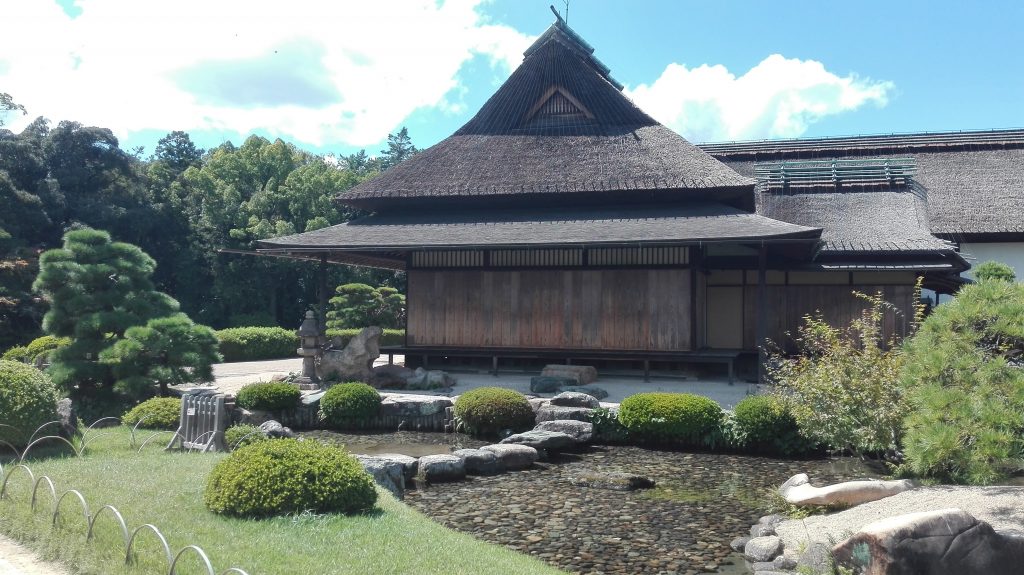
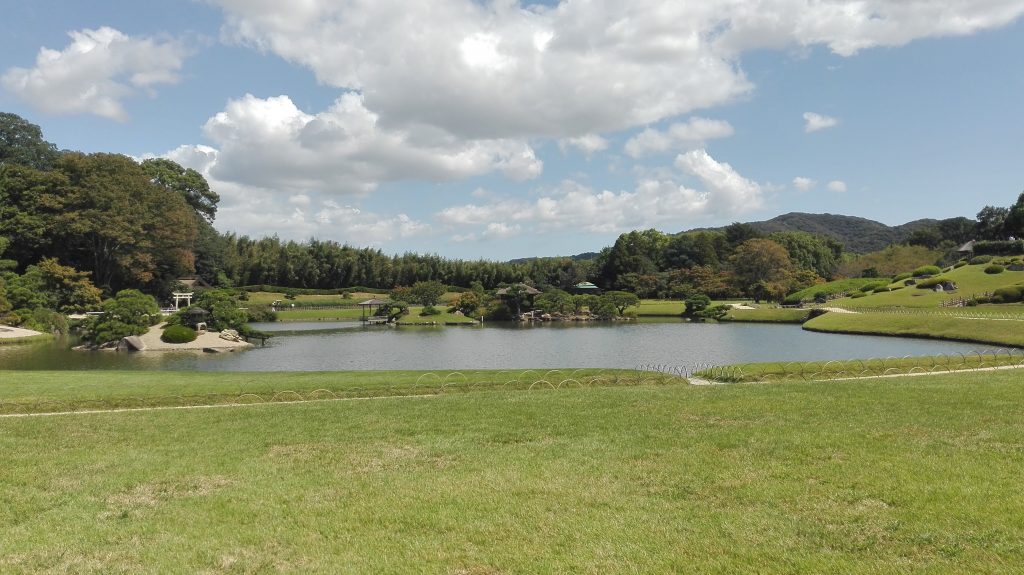



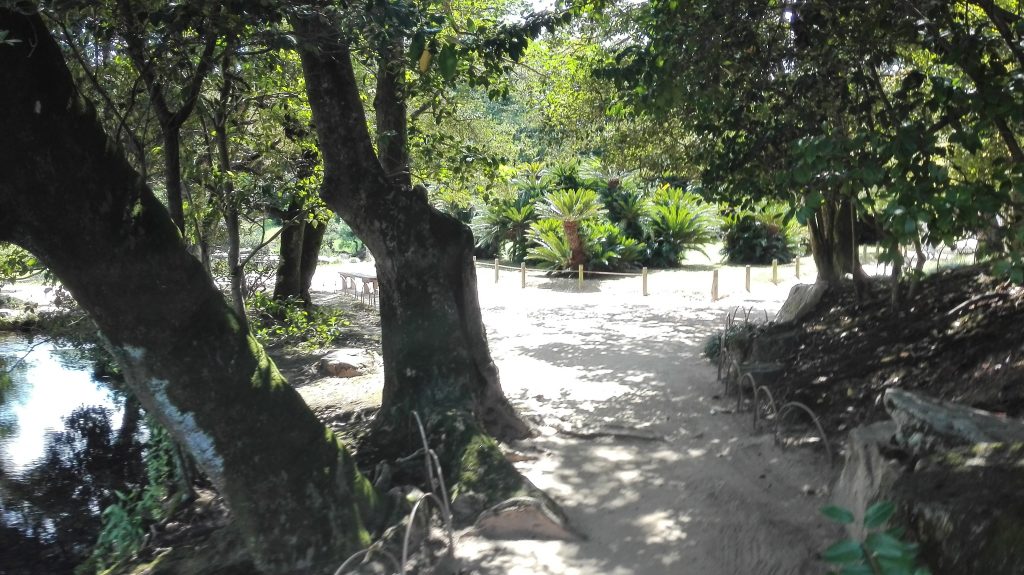
Hisilicon Balong 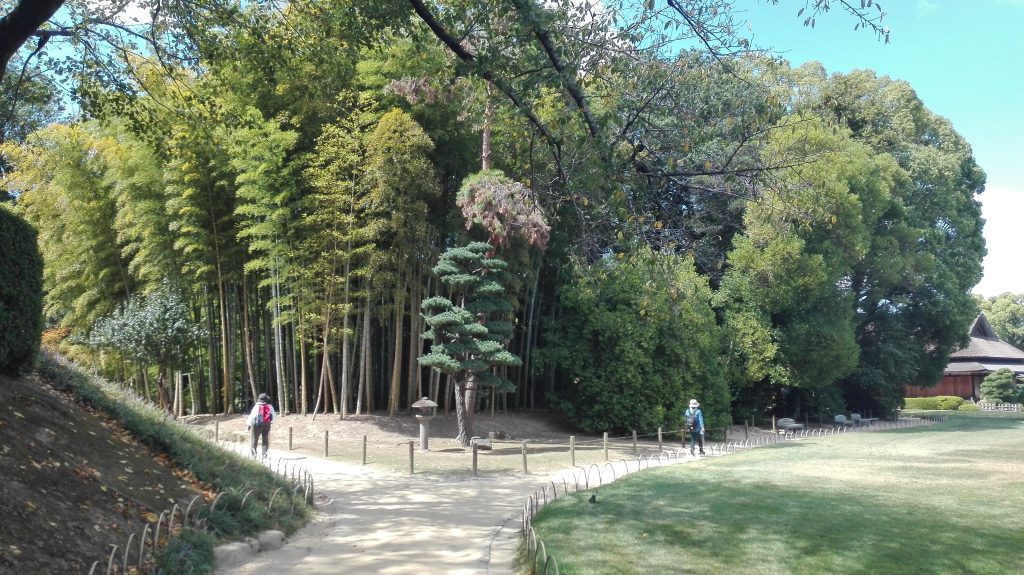








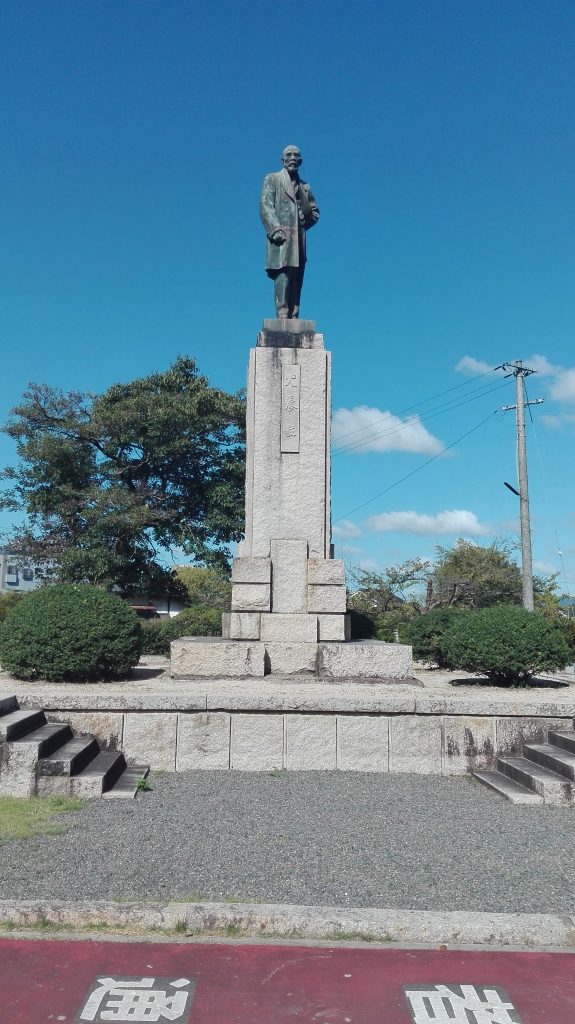


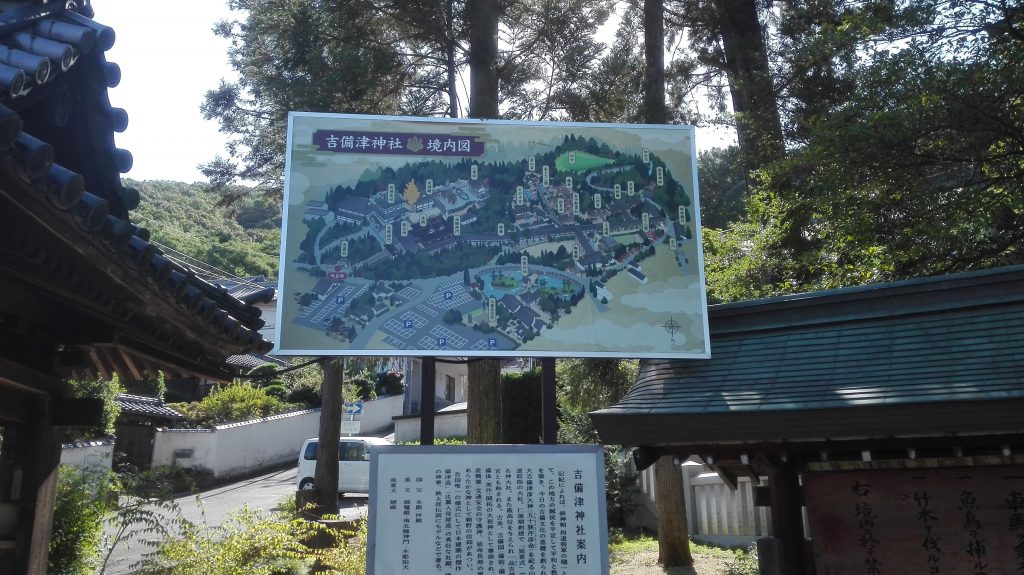

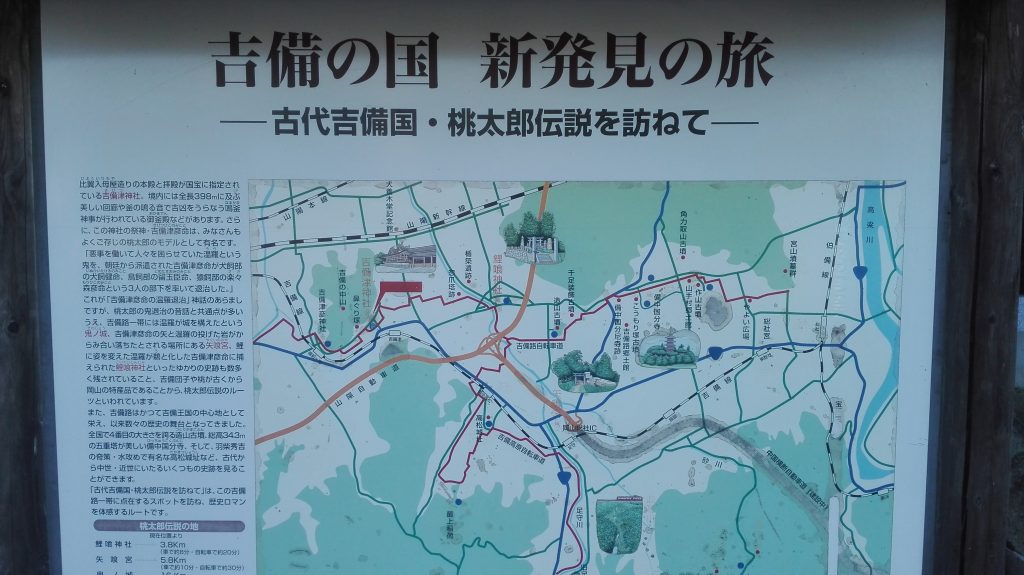
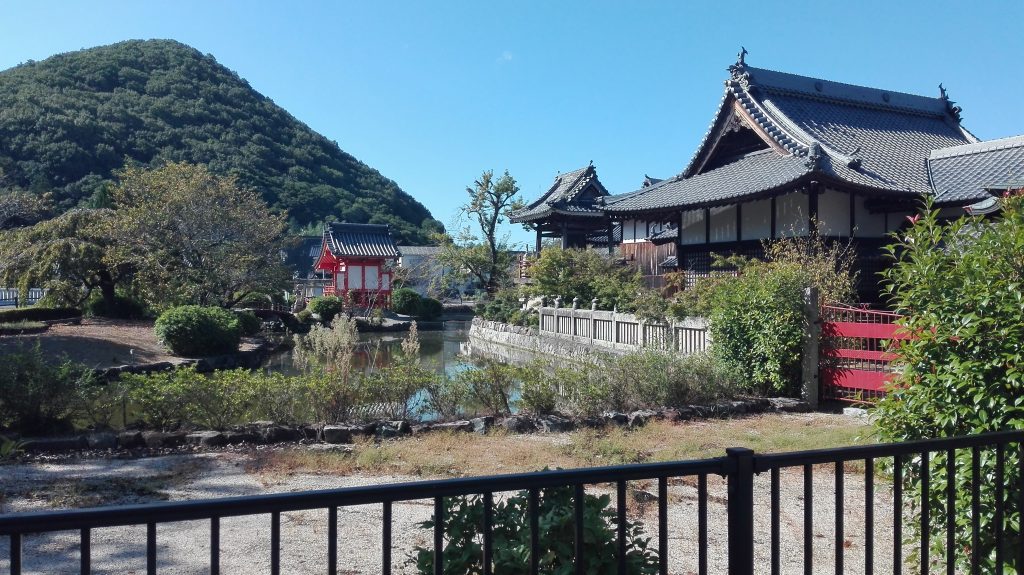
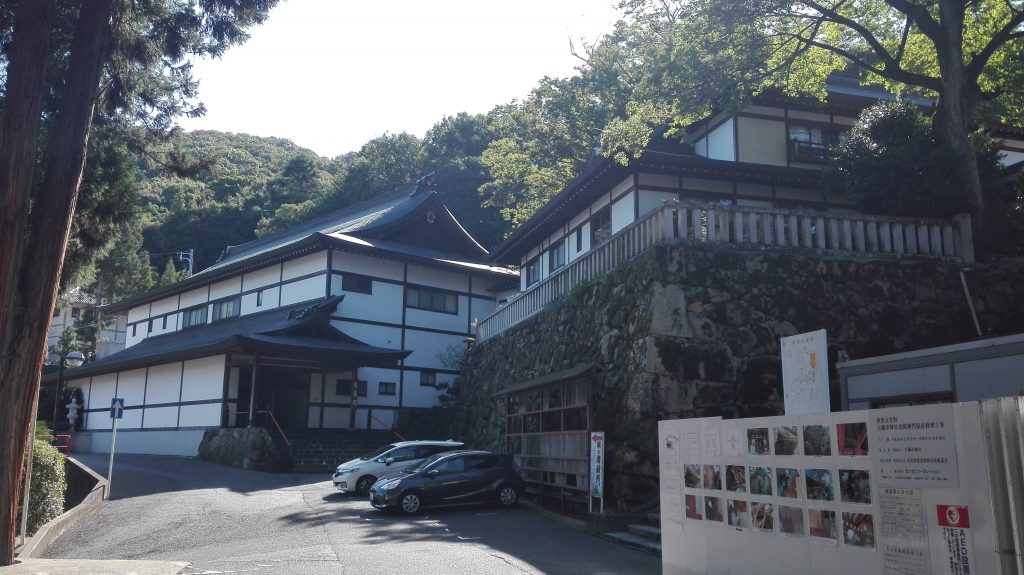
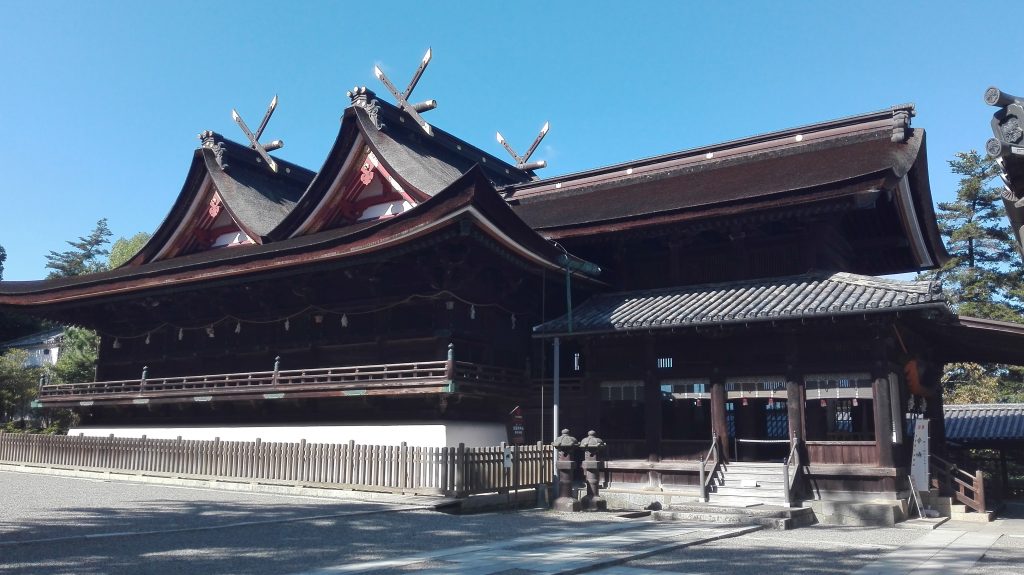

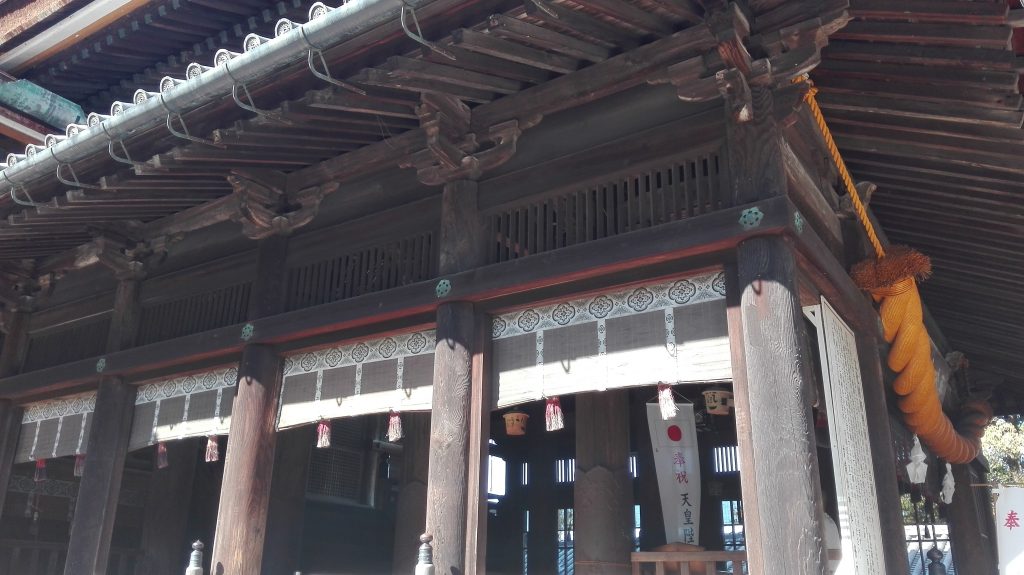


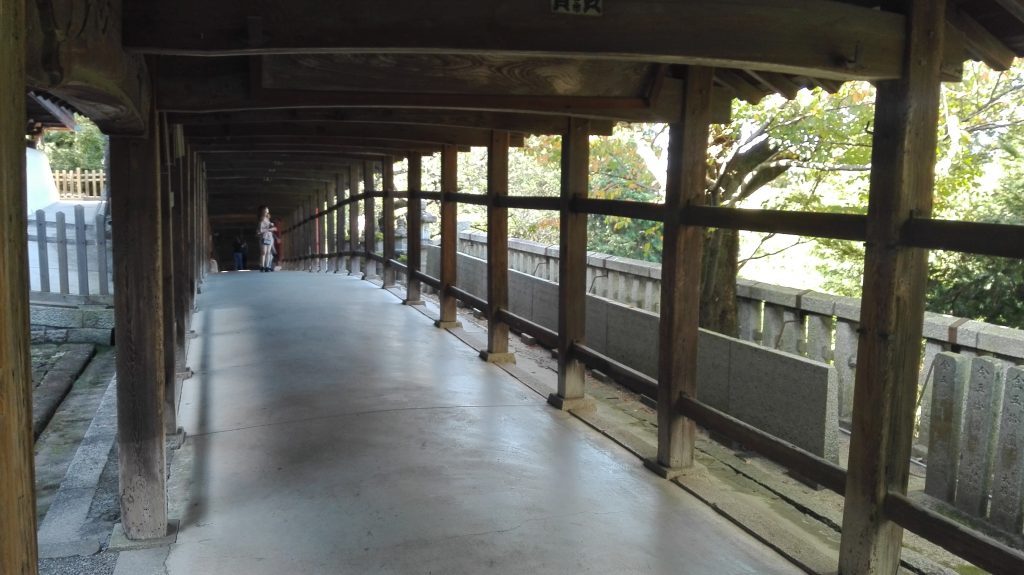
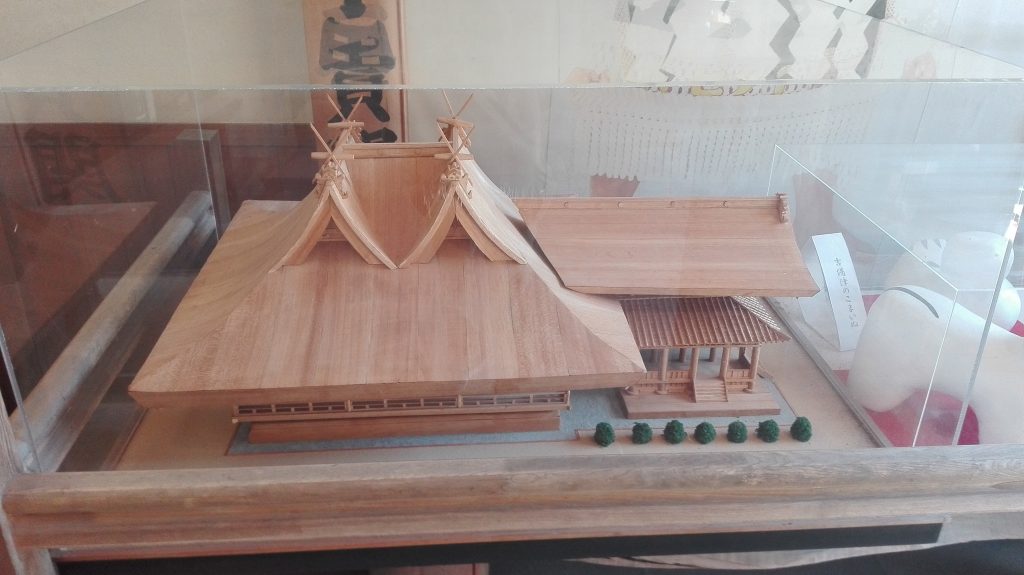
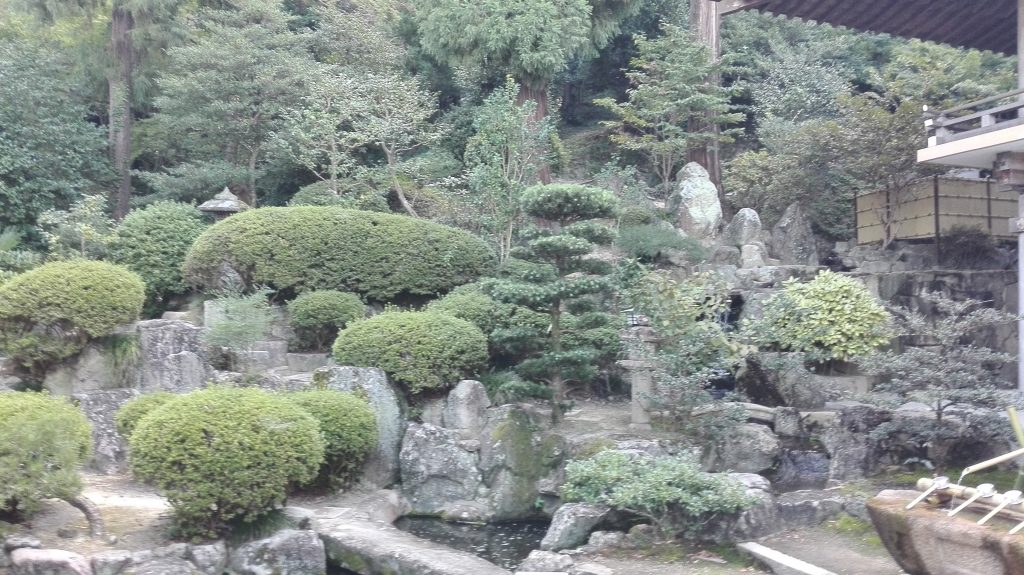
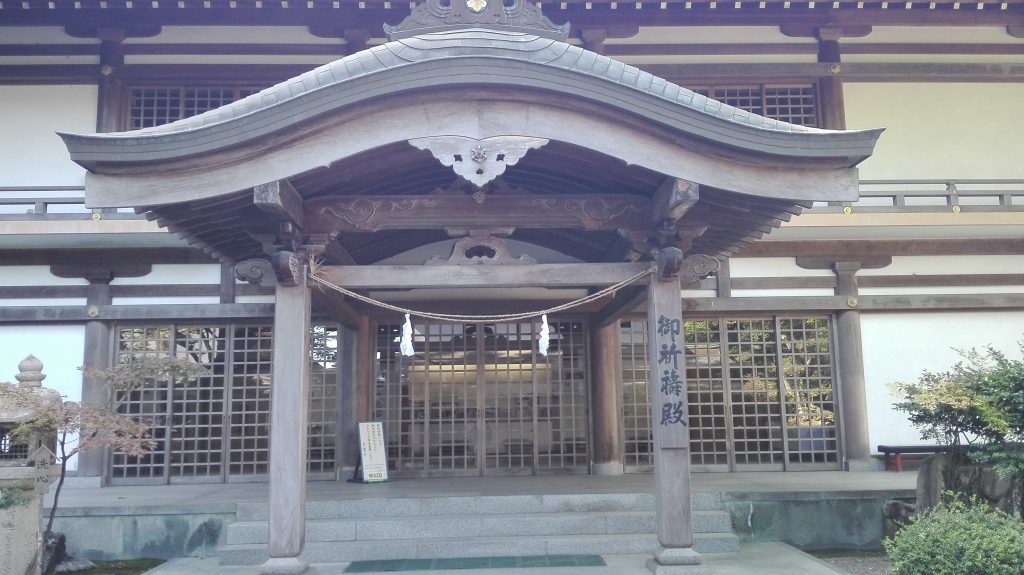



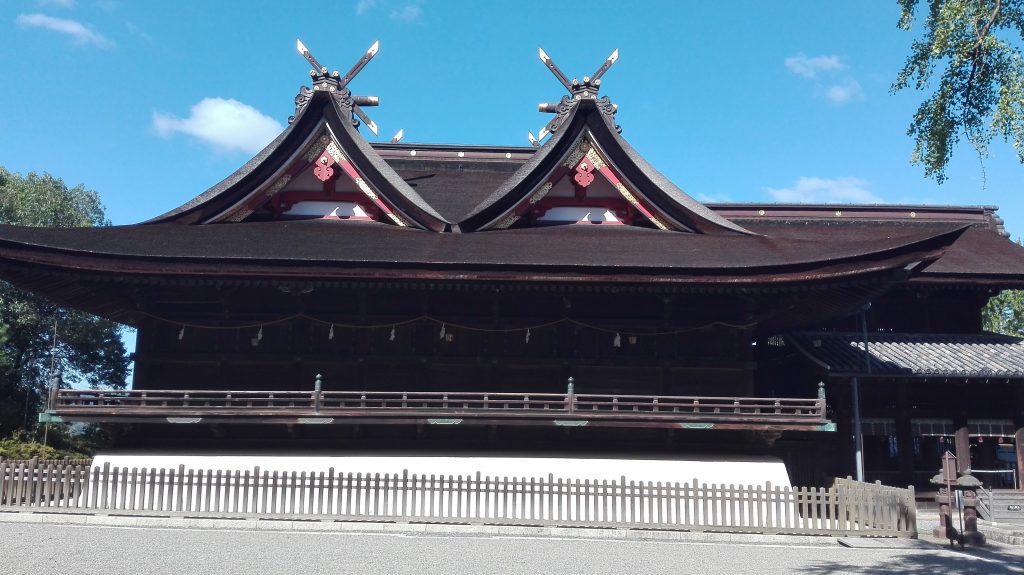








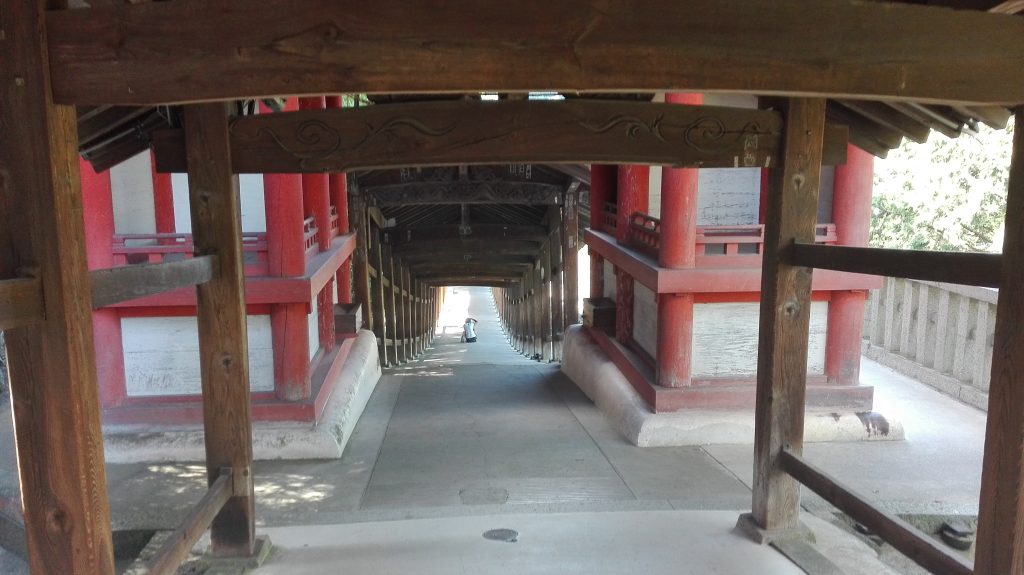
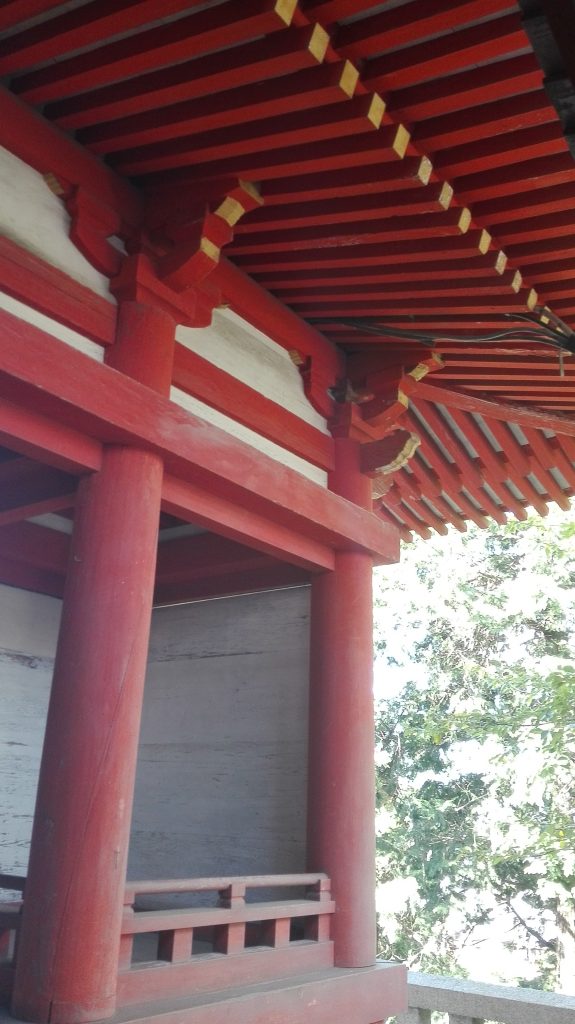
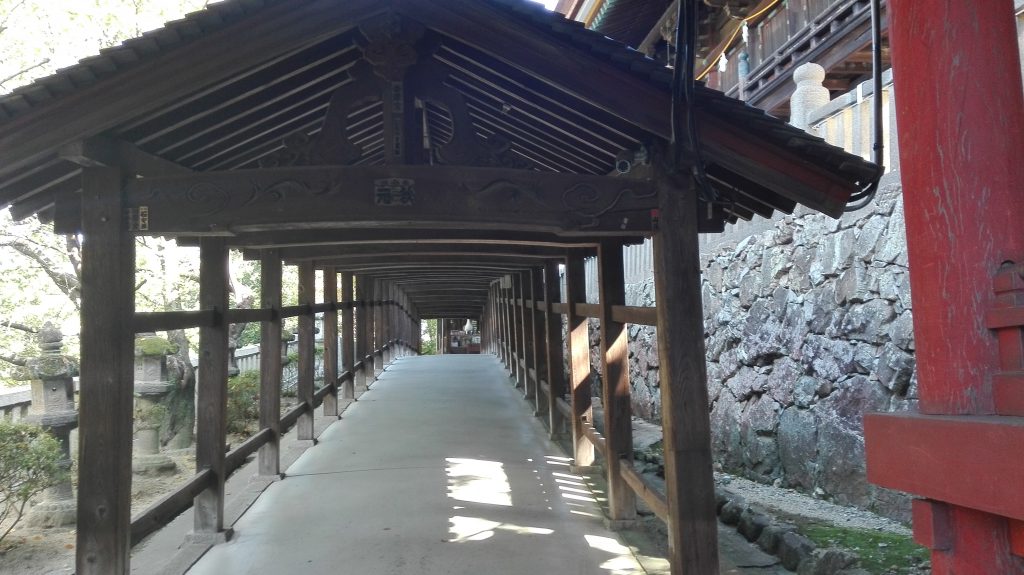



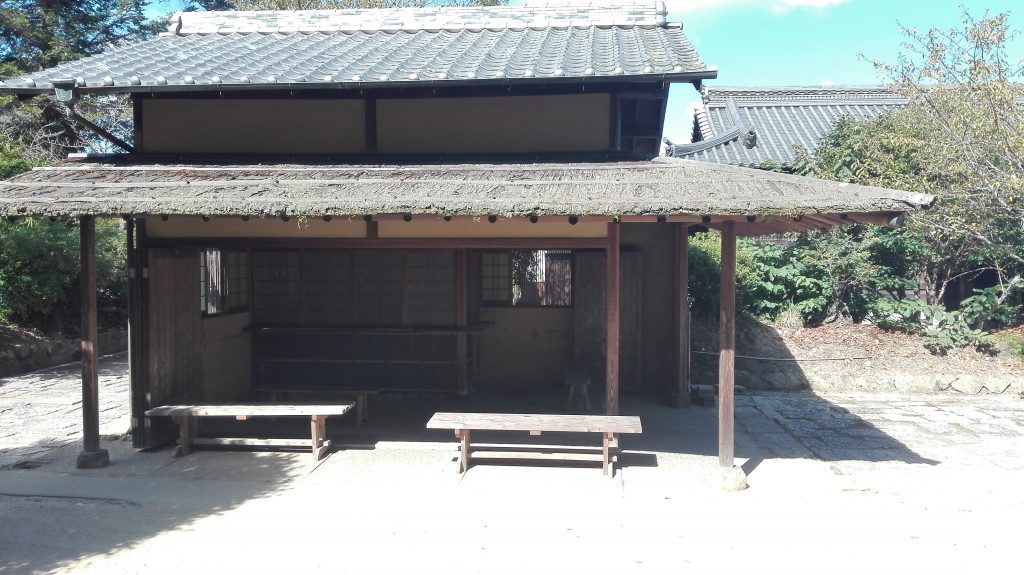

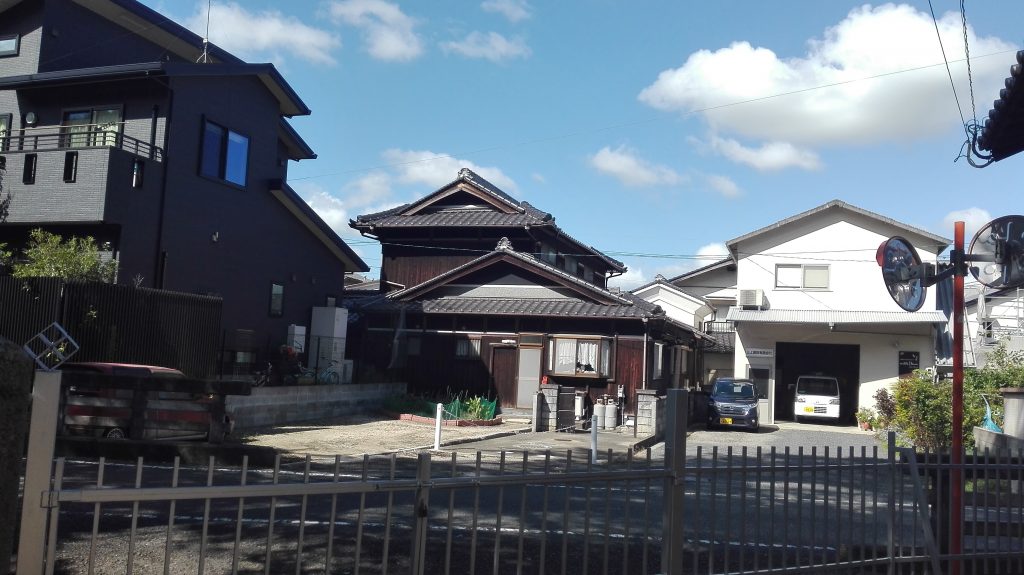


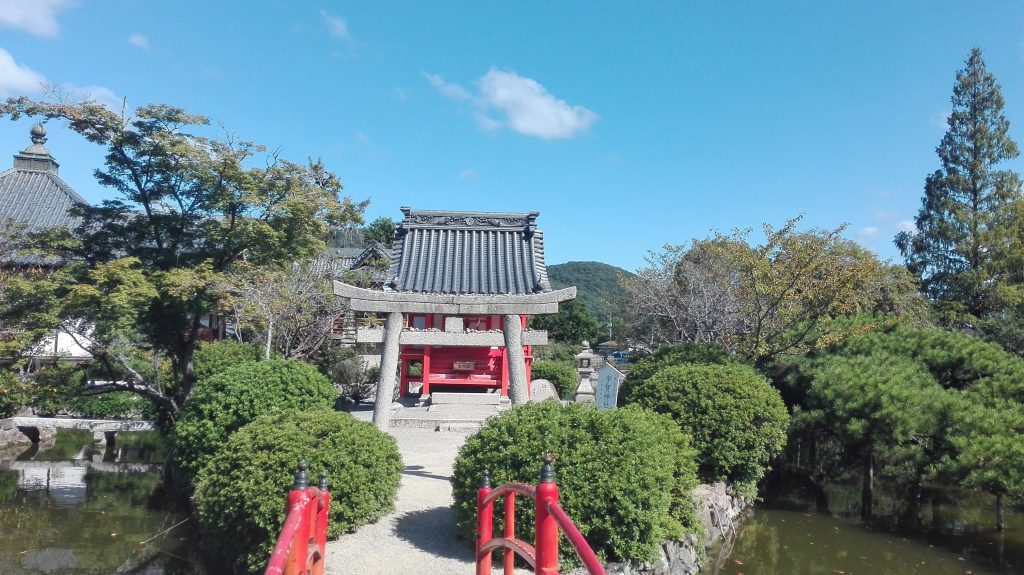
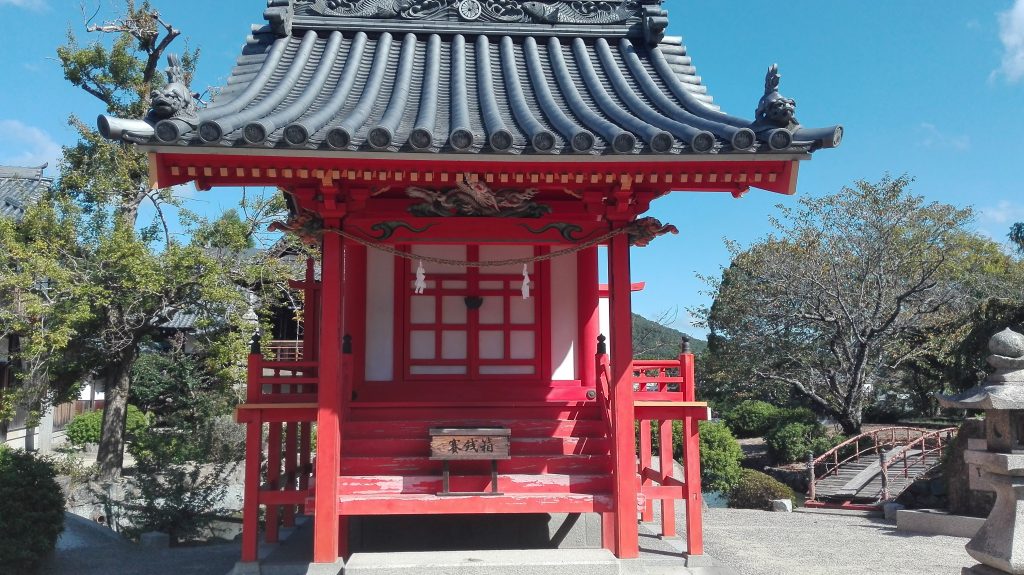
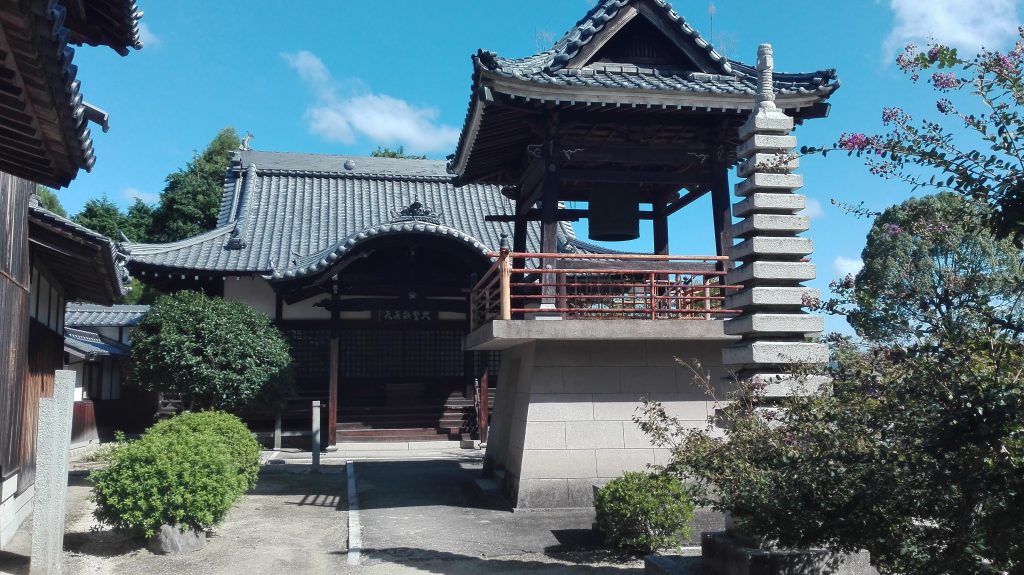
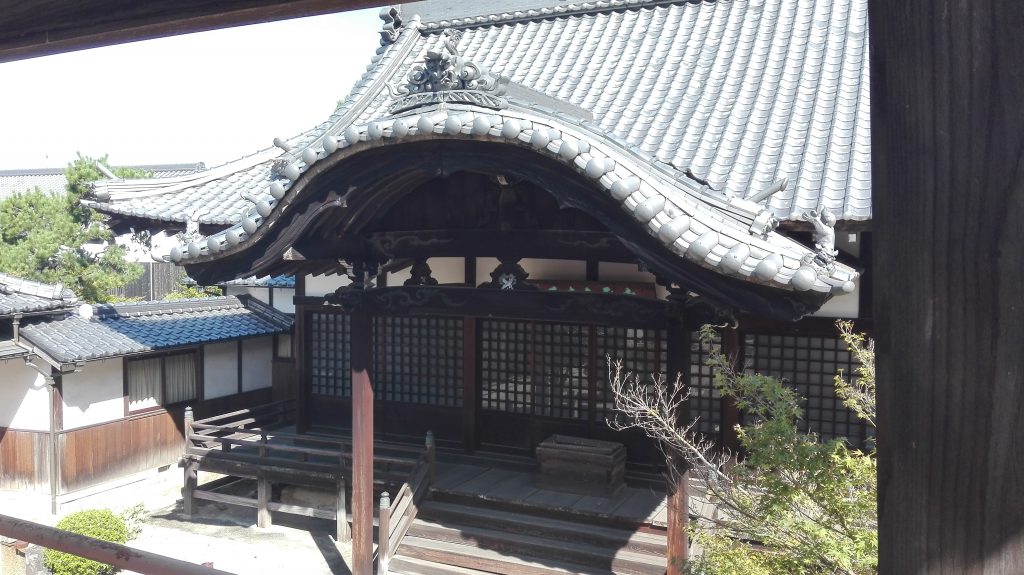
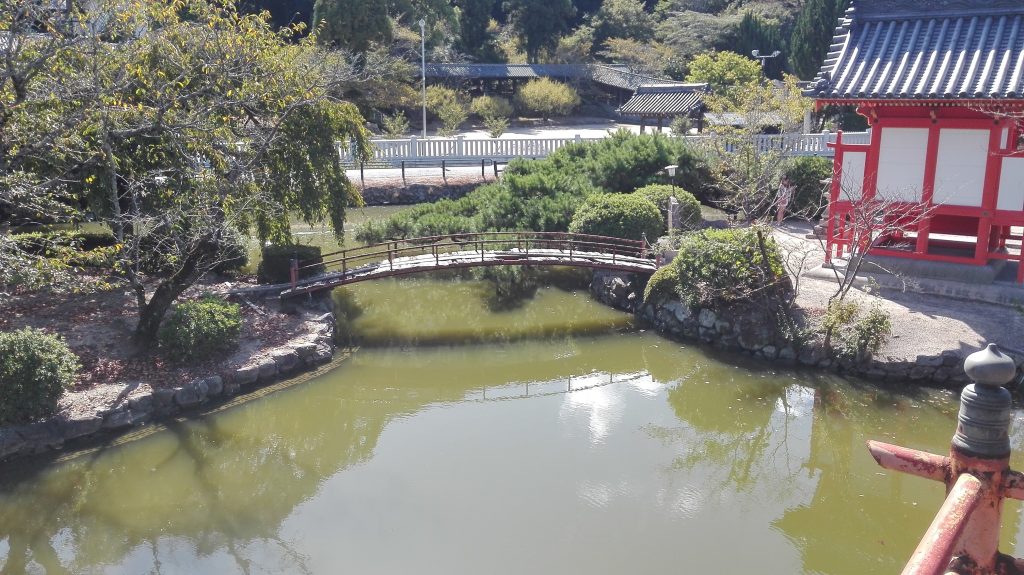
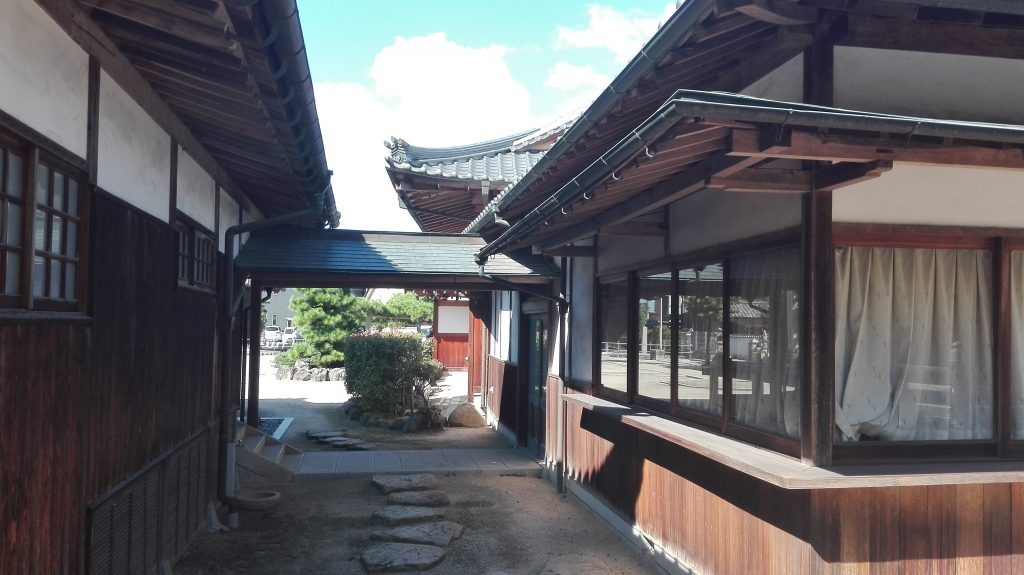




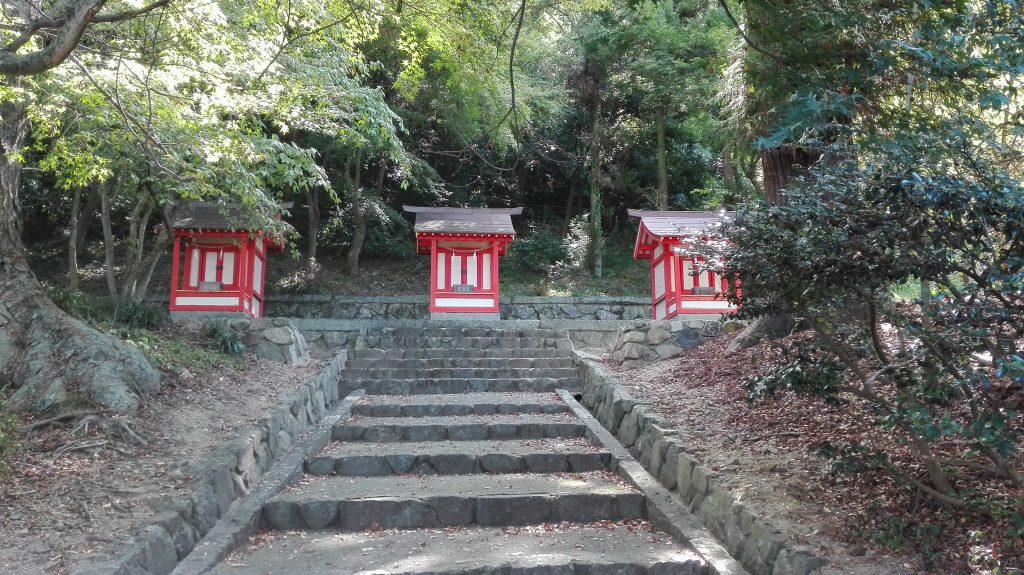
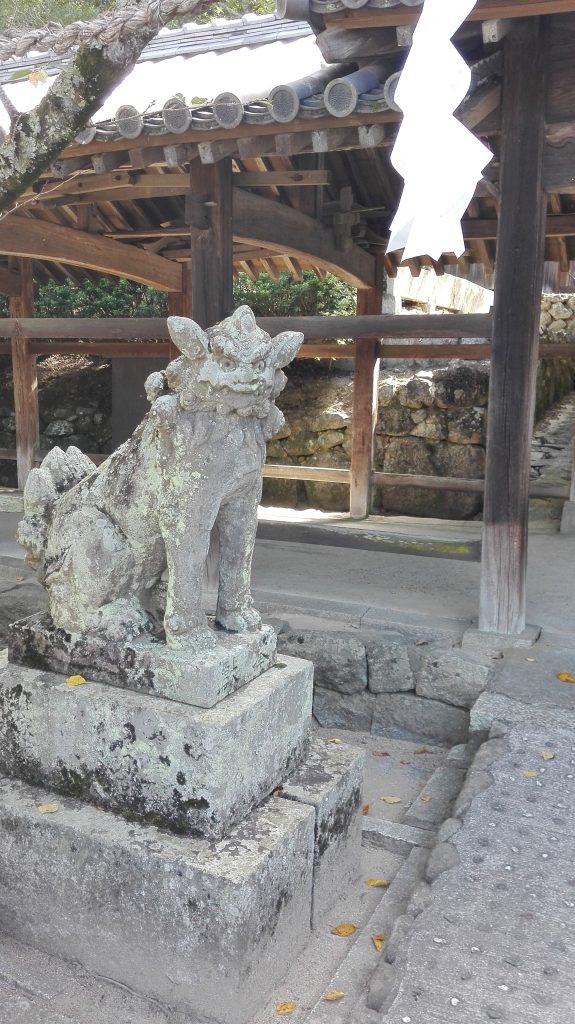
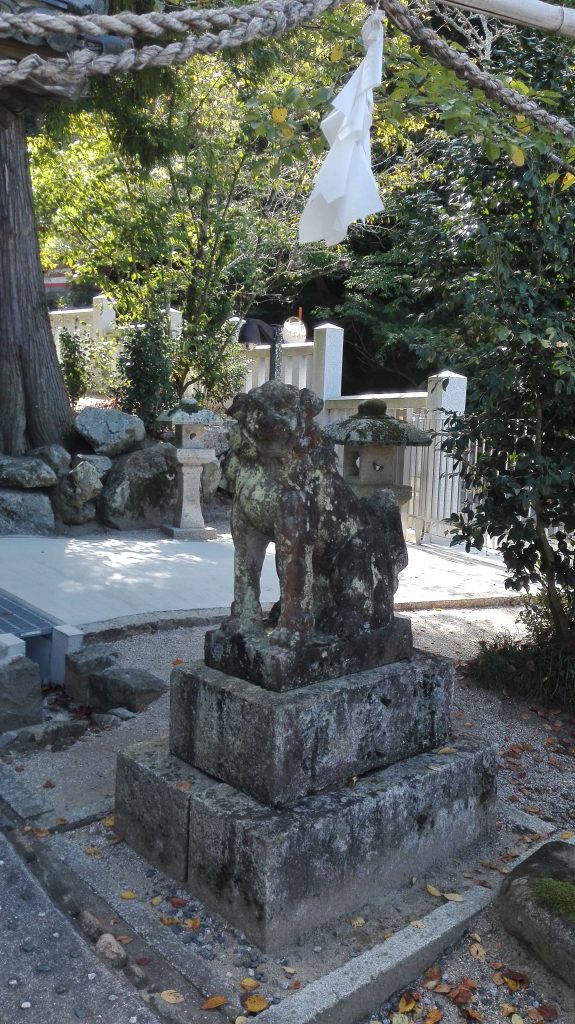
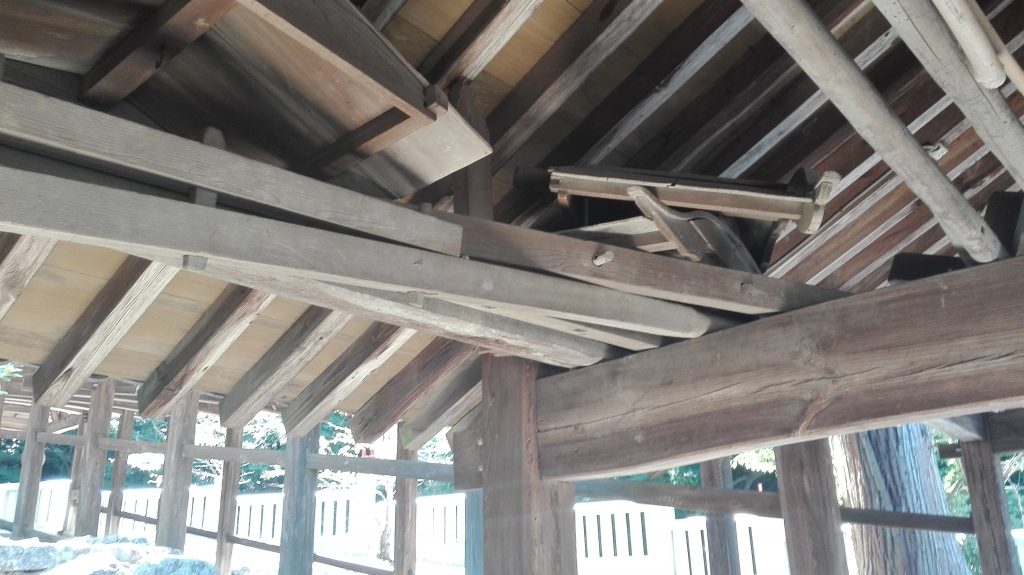


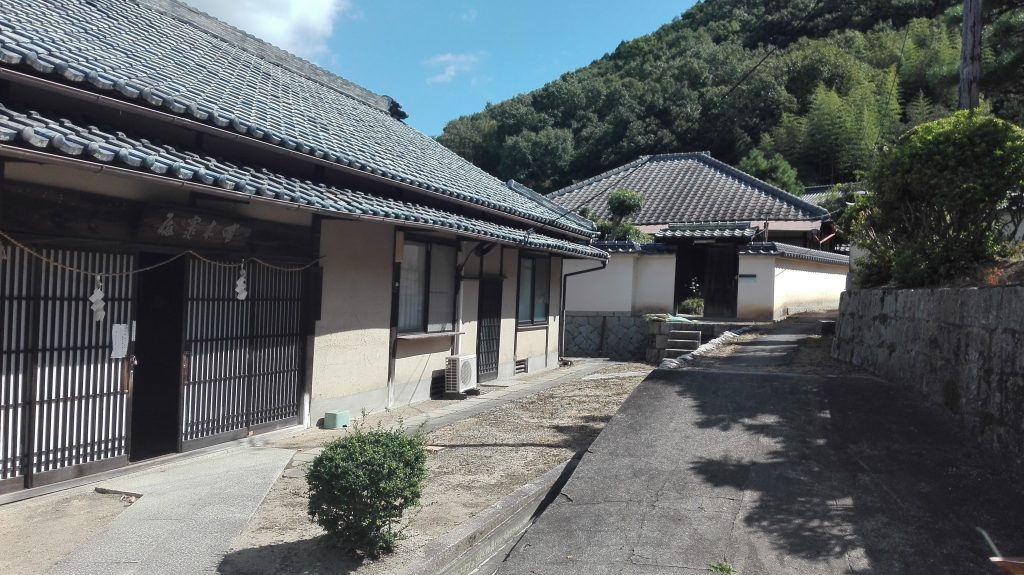
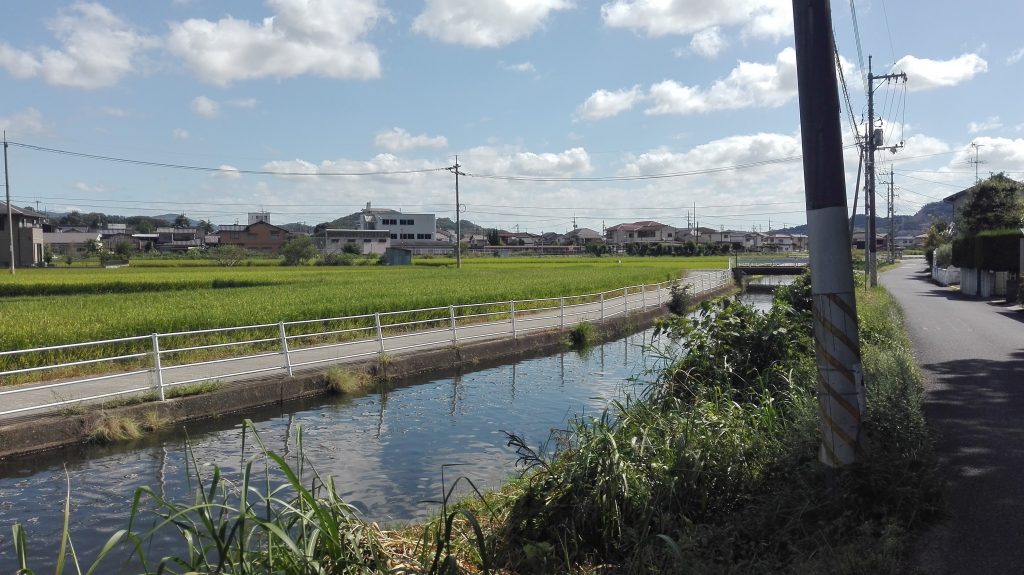
No Comments